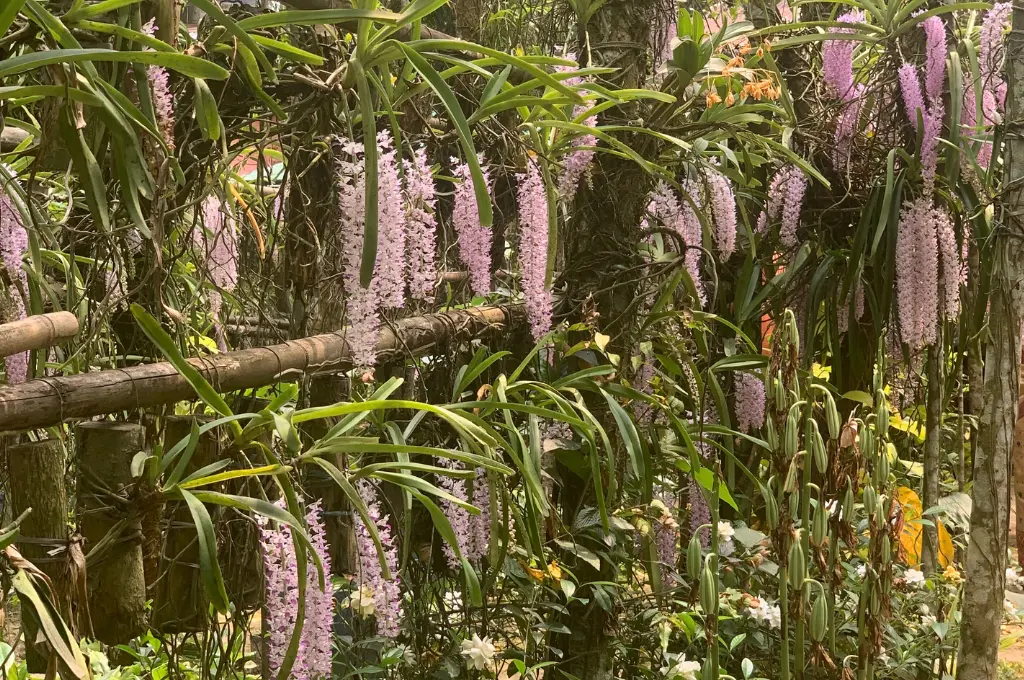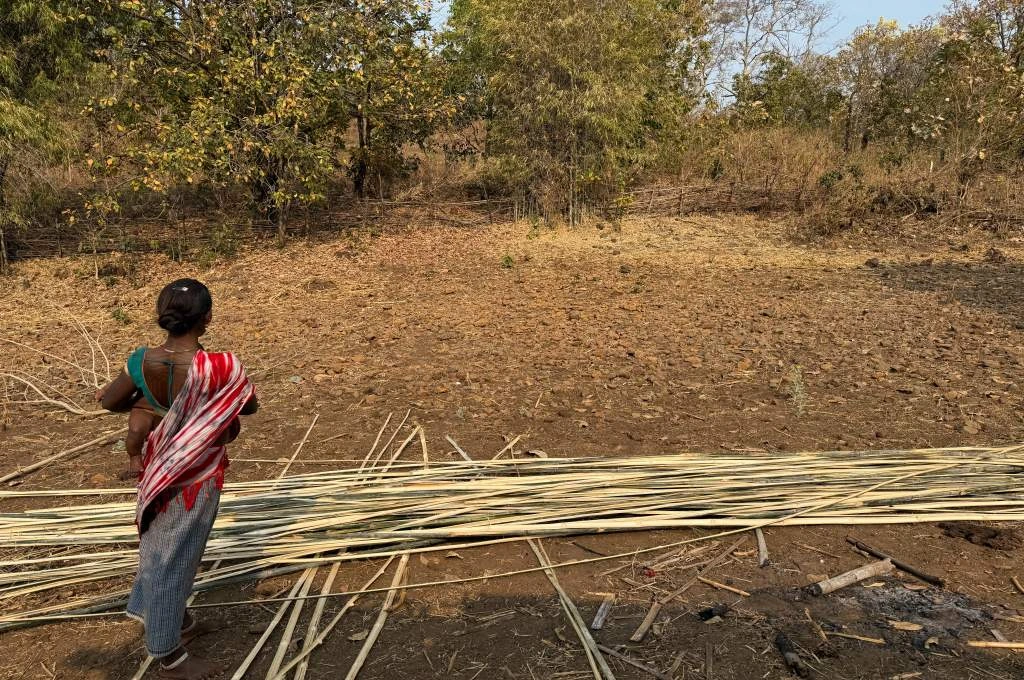Best of both worlds
Twelve-year-old Premlal and his friends spend hours every day in the paddy fields of their village Bhinjain, in southern Bihar’s Chakai block. It’s the monsoon season and to entertain themselves, the children catch fish using an age-old technique of blocking water in paddy fields by putting up barriers. The water is then drained out, leaving behind large puddles—and since fish reach the fields with rainwater during the monsoons, children can easily catch them.
This technique is common in the Santhal community that Premlal is a part of. Santhals are a Scheduled Tribe largely concentrated in Jharkhand, Bihar, Tripura, Odisha, and West Bengal.
In another Santhal village, Govindpur, Santhal youth are volunteering to teach children in their indigenous language (Santhali) to help them better relate to subjects taught in government schools. In addition to academics, the lessons taught will also help keep alive traditional practices such as fish-catching in the monsoons.
These youth volunteers are part of the Lahanti Club, set up in 25 villages in Jamui district, Bihar, to preserve the rich knowledge, culture, and language of the Santhals. Lahanti means ‘progressive’ in Santhali. With 23 Santhal youth volunteering as teachers, almost a thousand students now learn in classes held six days a week. Children are taught the school syllabus, along with Santhali language and culture. The volunteers have created a Santhali varnamala (alphabet) and a dictionary of Santhali to Hindi and English. They are also making Santhali versions of Hindi textbooks. Kavita Marandi, 17, who has been associated with the Lahanti Club for the last two years, says, “When I was in school, I wished I could answer like other children who were quick learners. But language was a barrier.”
Earlier, in government schools, the dropout rate of Santhali children was very high. There was no mention of Santhali culture, rituals, festivals, heroes, or language. After the children started attending the Lahanti Club, the dropout rate has declined. For instance, in one of the government schools, out of 80 enrolled kids, only 17-18 would attend school. Now, the attendance has gone up to 59-60.
Premlal has also benefited from the club. He enjoys going to school as much as he likes fishing. “I will tell mom to make fish curry and chutney with my catch today,” he says with a smile.
Urvashi Dev Rawal is a Jaipur-based journalist specialising in development, gender, and political reporting.
This story has been republished from 30 Stades. Read the full story here.
—
Know more: Learn more about how communities can be more involved in planning education programmes and curricula.



